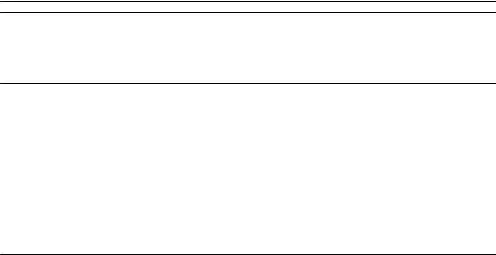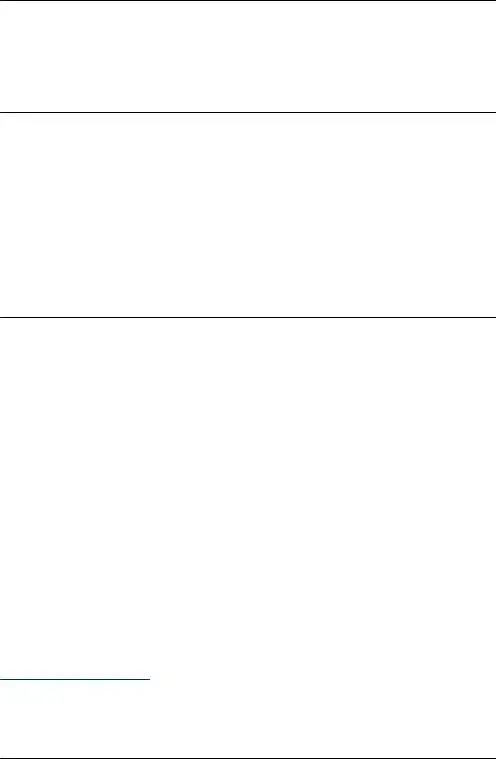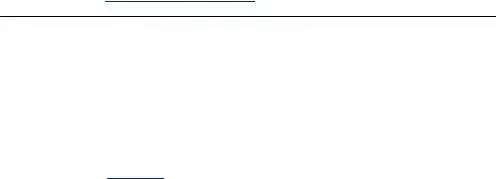Revenue Procedure 2022-25
Reprinted from IR Bulletin 2022-27 Dated July 05, 2022
Publication 1179
General Rules and Specifications for Substitute Forms 1096, 1098, 1099, 5498, and Certain Other Information Returns

 IRS
IRS
Department of the Treasury
Internal Revenue Service
Publication 1179 (Rev. 07-2022)
Catalog Number 47022Q
www.irs.gov
NOTE. This revenue procedure will be reproduced as the next revision of IRS Publication 1179, General Rules and Specifications for Substitute Forms 1096, 1098, 1099, 5498, and Certain Other Information Returns.
Forms and instructions. (Also, Part 1, Sections 101, 162(f), 170, 199A, 220, 223, 401(a), 403(a), 403(b), 408, 408A, 457(b), 529, 529A, 530, 853A, 892, 1400Z-1, 1400Z–2, 1441, 6041, 6041A, 6042, 6043, 6044, 6045, 6047, 6049, 6050A, 6050B, 6050D, 6050E, 6050H, 6050J, 6050N, 6050P, 6050Q, 6050R, 6050S, 6050U, 6050W, 6050X, 6050Y, 6071, 1.402A-2, 1.408-5, 1.408-7, 1.408-8, 1.408A-7, 1.1441-1 through 1.1441-5, 1.1471-4, 1.6041-1, 1.6042-2, 1.6042-4, 1.6043-4, 1.6044-2, 1.6044-5, 1.6045-1, 1.6045-2, 1.6045-4, 1.6047-1, 1.6047-2, 1.6049-4, 1.6049-6, 1.6049-7, 1.6050A-1, 1.6050B-1, 1.6050D-1, 1.6050E-1, 1.6050H-1, 1.6050H-2, 1.6050J-1T, 1.6050N-1, 1.6050P-1, 1. 6050S-1, 1.6050S-3, 1.6050W-1, 1.6050W-2, 1.6050X-1, 1.6050Y-1, 1.6050Y-2, 1.6050Y-3.)
Rev. Proc. 2022-25
TABLE OF CONTENTS
Part 1 – GENERAL INFORMATION
Section 1.1 – Overview of Revenue Procedure 2022-25 /What's New . . . . . . . . . . . . . . 1 Section 1.2 – Definitions . . . . . . . . . . . . . . . . . . . . . . . . . . . . . . . . . . . . . . . . . . . 5 Section 1.3 – General Requirements for Acceptable Substitute Forms 1096, 1097-
BTC, 1098, 1099, 3921, 3922, 5498, W-2G, and 1042-S . . . . . . . . . . . . . 6
Part 2 – SPECIFICATIONS FOR SUBSTITUTE FORMS 1096 AND COPIES A OF FORMS 1098, 1099, 3921, 3922, AND 5498 (ALL FILED WITH THE IRS)
Section 2.1 – Specifications |
9 |
Section 2.2 – Instructions for Preparing Paper Forms That Will Be Filed With the
IRS . . . . . . . . . . . . . . . . . . . . . . . . . . . . . . . . . . . . . . . . . . . . . . . 14
Part 3 – SPECIFICATIONS FOR SUBSTITUTE FORM W-2G (FILED WITH THE IRS)
Section 3.1 – General . . . . . . . . . . . . . . . . . . . . . . . . . . . . . . . . . . . . . . . . . . . . 16 Section 3.2 – Specifications for Copy A of Form W-2G . . . . . . . . . . . . . . . . . . . . . . 17
Part 4 – SUBSTITUTE STATEMENTS TO FORM RECIPIENTS AND FORM RECIPIENT COPIES
Section 4.1 – Specifications |
. . . . 18 |
Section 4.2 – Composite Statements |
. . . . 23 |
Section 4.3 |
– Additional Information for Substitute and Composite Forms 1099-B |
. . . . 24 |
Section 4.4 |
– Required Legends |
. . . . 25 |
Section 4.5 |
– Miscellaneous Instructions for Copies B, C, D, E, 1, and 2 |
. . . . 27 |
Section 4.6 |
– Electronic Delivery of Recipient Statements |
. . . . 29 |
Part 5 – ADDITIONAL INSTRUCTIONS FOR SUBSTITUTE FORMS 1097- BTC, 1098, 1099, 5498, W-2G, AND 1042-S
Section 5.1 |
– Paper Substitutes for Form 1042-S |
31 |
Section 5.2 |
– OMB Requirements for All Forms in This Revenue Procedure |
33 |
Section 5.3 |
– Ordering Forms and Instructions |
34 |
Section 5.4 |
– Effect on Other Revenue Procedures |
34 |

New Form 1098-F filing requirement. File Form 1098-F, Fines, Penalties and Other Amounts, to report payments made under suits and agreements which are binding on or after January 1, 2022. See T.D. 9946, available at IRS.gov/ TD9946. For the latest filing information, see IRS.gov/Form1098F.
Continuous use conversion. Forms 1098, 1099-A, 1099-C, 1099-DIV,
1099-G, 1099-INT, 1099-K, 1099-MISC, 1099-NEC, and 1099-S and their instructions have been converted from annual updates to continuous use. The form and its instructions will be updated as needed.
Form 1099-DIV new box 11. The “FATCA filing requirement” checkbox has been assigned box number 11. Subsequently, box numbers 11 through 15 have been renumbered 12 through 16, respectively.
Form 1099-MISC new box 13. The “FATCA filing requirement” checkbox has been assigned box number 13. Subsequently, box numbers 13 through 17 have been renumbered 14 through 18, respectively.
Exhibits. All of the exhibits in this publication were updated to include all of the 2022 revisions of those forms that have been revised.
Editorial changes. We made editorial changes throughout, including updated references. Redundancies were eliminated as much as possible.
Available Instructions
In addition to the general instructions, which contain general information concerning Forms 1096, 1097, 1098, 1099, 3921, 3922, 5498, and W-2G, specific form instructions are provided separately. Use the instructions to prepare acceptable substitutes of the official IRS forms to file information returns with the IRS.
•Instructions for Form 1097-BTC.
•Instructions for Form 1098.
•Instructions for Form 1098-C.
•Instructions for Forms 1098-E and 1098-T.
•Instructions for Form 1098-F.
•Instructions for Form 1098-Q.
•Instructions for Forms 1099-A and 1099-C.
•Instructions for Form 1099-B.
•Instructions for Form 1099-CAP.
•Instructions for Form 1099-DIV.
•Instructions for Form 1099-G.
•Instructions for Form 1099-H.
•Instructions for Forms 1099-INT and 1099-OID.
•Instructions for Form 1099-K.
•Instructions for Form 1099-LS.
•Instructions for Form 1099-LTC.
•Instructions for Forms 1099-MISC and 1099-NEC.
•Instructions for Form 1099-PATR.
•Instructions for Form 1099-Q.
•Instructions for Forms 1099-QA and 5498-QA.
•Instructions for Forms 1099-R and 5498.
•Instructions for Form 1099-S.
•Instructions for Form 1099-SB.
•Instructions for Forms 3921 and 3922.
•Instructions for Form 5498-ESA.
•Instructions for Forms W-2G and 5754.
You can also obtain the latest developments for each of the forms and instructions listed here by visiting their information pages at IRS.gov. See the separate instructions for each form on the webpage via the link.
Section 1.2 – Definitions
1.2.1
Form Recipient
1.2.2 Filer
1.2.3
Substitute Form
.Form recipient means the person to whom you are required by law to furnish a copy of the official form or information statement. The form recipient may be referred to by different names on various Forms 1099 and related forms (beneficiary, borrower, debtor, donor, employee, filer, homeowner, insured, participant, payee, payer, payer/borrower, payment recipient, policyholder, seller, shareholder, student, transferor, or, in the case of Form W-2G, the winner). See Section 1.3.4.
.Filer means the person or organization required by law to file with the IRS a form listed in Section 1.1.2 with the IRS. A filer may be a payer, creditor, payment settlement entity, recipient of mortgage or student loan interest payments, educational institution, broker, barter exchange, person reporting real estate transactions; a trustee or issuer of any educational or ABLE Act savings account, individual retirement arrangement, or medical savings account; a lender who acquires an interest in secured property or who has reason to know that the property has been abandoned; a corporation reporting a change in control and capital structure or transfer of stock to an employee; certain donees of motor vehicles, boats, and airplanes; or an acquirer or issuer of a life insurance contract.
.Substitute form means a paper substitute of Copy A of an official form listed in Section 1.1.2 that completely conforms to the provisions in this revenue procedure.
1.2.4
Substitute Form Recipient Statement (recipient statement)
1.2.5 Composite Substitute Statement
.Substitute form recipient statement means a paper or electronic statement of the information reported on a form listed in Section 1.1.2. For the remainder of this revenue procedure, we will refer to this as a recipient statement. This statement must be furnished to a person (form recipient), as defined under the applicable provisions of the Code and the applicable regulations.
.Composite substitute statement means one in which two or more required statements (for example, Forms 1099-INT and 1099-DIV) are furnished to the recipient on one document. However, each statement must be designated separately and must contain all the requisite Form 1099 information except as provided under Section 4.2. A composite statement may not be filed with the IRS.
Section 1.3 – General Requirements for Acceptable Substitute Forms 1096, 1097-BTC, 1098, 1099, 3921, 3922, 5498, W-2G, and 1042-S
.Paper substitutes for Form 1096 and Copy A of Forms 1097-BTC, 1098, 1099, 3921, 3922, 5498, W-2G, and 1042-S that completely conform to the specifications listed in this revenue procedure may be privately printed and filed as returns with the IRS. The reference to the Department of the Treasury– Internal Revenue Service should be included on all such forms.
If you are uncertain of any specification and want it clarified, you may submit a letter citing the specification, stating your understanding and interpretation of the specification, and enclosing an example of the form (if appropriate) to:
1.3.2
Logos, Slogans, and Advertisements
Internal Revenue Service
Attn: Substitute Forms Program
SE:W:CAR:MP:P:TP
1111 Constitution Ave. NW
Room 6554
Washington, DC 20224
Note. Allow at least 30 days for the IRS to respond.
You may also contact the Substitute Forms Program via email at substituteforms@irs.gov. Please enter “Substitute Forms” on the Subject Line.
Forms 1096, 1097-BTC, 1098, 1099, 3921, 3922, 5498, W-2G, and 1042-S are subject to annual review and possible change. Therefore, filers are cautioned against overstocking supplies of privately printed substitutes.
.Some Forms 1097-BTC, 1098, 1099, 3921, 3922, 5498, W-2G, and 1042-S that include logos, slogans, and advertisements may not be recognized as important tax documents. A payee may not recognize the importance of the payee copy for tax reporting purposes due to the use of logos, slogans, and advertisements. Accordingly, the IRS has determined that logos, slogans, and advertising are not
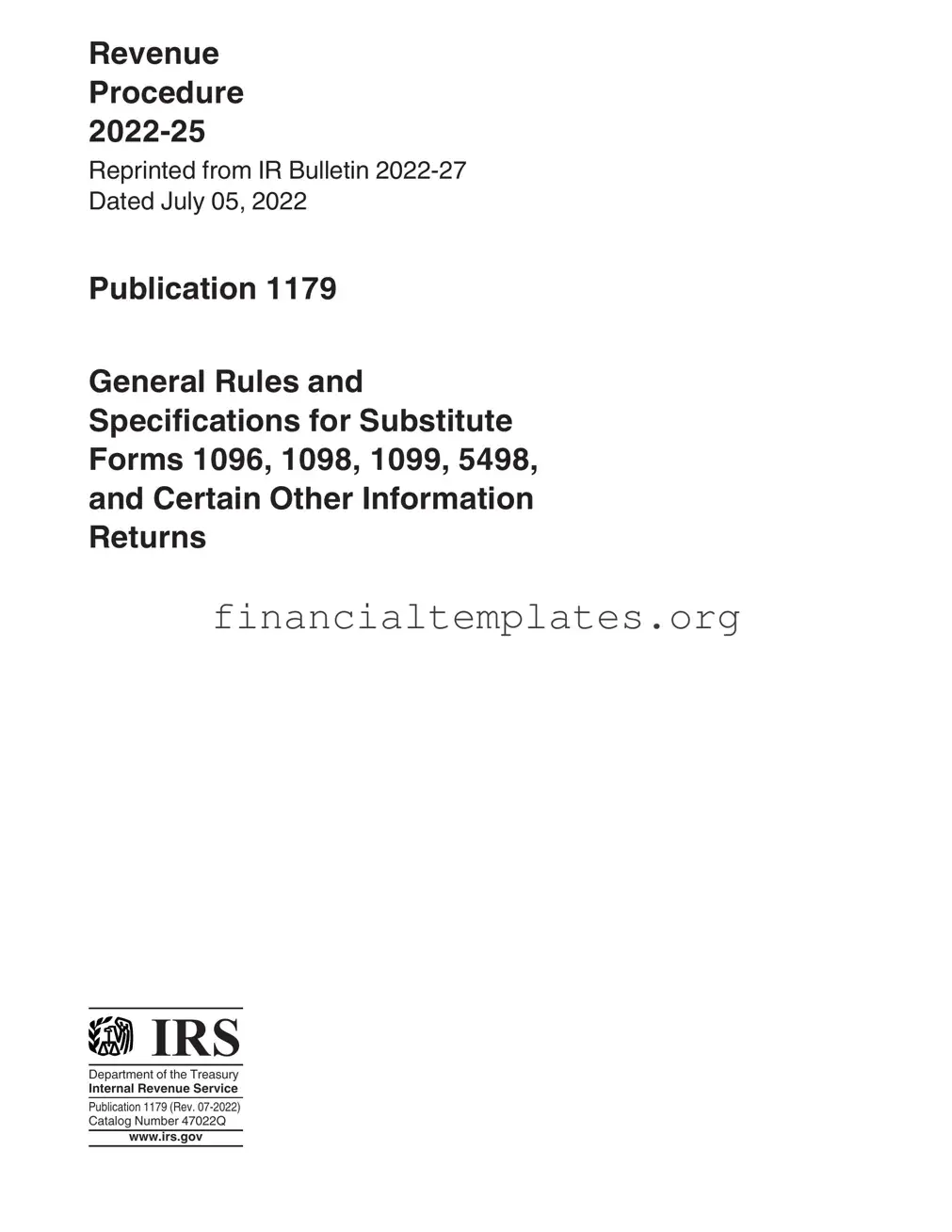
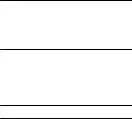

 IRS
IRS

